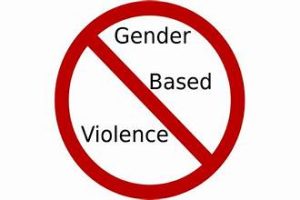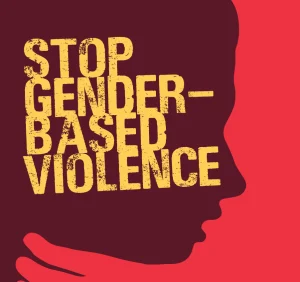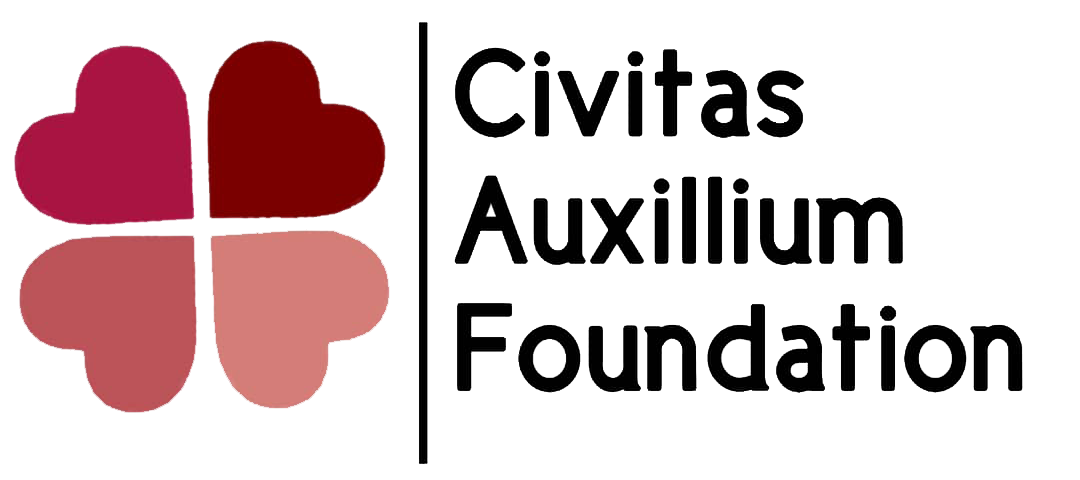No products in the cart.
Understanding Gender-Based Violence (GBV): Causes, Impact, and How you can help!

Introduction:
What is Gender-Based Violence?
Gender-Based Violence (GBV) refers to harmful acts directed at individuals based on their gender. It is a widespread violation of human rights that affects millions of people worldwide, but women and girls are disproportionately impacted. GBV can take many forms, including physical violence, sexual abuse, emotional and psychological harm, and economic deprivation. At its core, GBV stems from deep-rooted gender inequalities, power imbalances, and societal norms that perpetuate discrimination and subjugation of women and girls.
According to the World Health Organization (WHO), 1 in 3 women globally will experience physical or sexual violence in their lifetime, often at the hands of someone they know. This violence can occur in various settings, including homes, schools, workplaces, and communities, affecting women from all walks of life. Despite significant global efforts to address the issue, gender-based violence continues to be a pervasive problem. The situation is the same in Nigeria.
Forms of Gender-Based Violence
- Physical Violence: This is the most visible form of GBV and includes acts such as hitting, beating, burning, or using weapons. Domestic violence, perpetrated by intimate partners, is one of the most common forms of physical abuse.
- Sexual Violence: Sexual violence includes rape, sexual harassment, trafficking for sexual exploitation, forced prostitution, and other forms of sexual abuse. It can occur in both private and public settings, and survivors often face stigma, shame, and isolation.
- Emotional and Psychological Violence: Psychological abuse can be harder to identify but is just as harmful. It includes controlling behaviour, verbal abuse, threats, intimidation, and humiliation. This form of violence can erode a person’s sense of self-worth and mental well-being over time.
- Economic Violence: Economic violence occurs when an abuser controls a victim’s access to financial resources, making them financially dependent and limiting their ability to escape abusive situations. It can involve withholding money, preventing someone from working, or controlling financial decisions.
- Harmful Traditional Practices: Practices such as child marriage, female genital mutilation (FGM), and honor killings are forms of GBV that stem from cultural and societal norms. These practices violate women’s and girls’ rights, often causing long-term physical and psychological harm.
Causes of Gender-Based Violence
GBV is not caused by a single factor; rather, it results from a complex interplay of individual, social, economic, and cultural factors. Some of the key drivers of GBV include:
- Gender Inequality: At the heart of GBV is the unequal distribution of power between men and women. Societal norms often place men in dominant roles and women in submissive positions, making women more vulnerable to violence.
- Cultural Norms and Practices: In many societies, harmful traditional beliefs and practices that devalue women contribute to GBV. These cultural norms may condone violence as a way to maintain control over women or justify harmful practices like child marriage and FGM.
- Economic Dependency: Economic dependency on male partners or family members can trap women in abusive relationships. Without financial independence, many women feel they have no choice but to endure violence.
- Conflict and Displacement: In conflict zones and during times of displacement, women and girls are particularly vulnerable to GBV. Rape and sexual violence are often used as weapons of war, and displacement can expose women to exploitation, trafficking, and abuse. The Boko haram insurgency in the NorthEast is a clear example of this.
- Lack of Legal Protection: In some countries, there are weak or non-existent laws protecting women from GBV. Even where laws exist, enforcement may be inadequate, leaving survivors without justice or protection.
The Impact of Gender-Based Violence
The consequences of GBV are devastating, affecting individuals, families, and entire communities. The impact can be both immediate and long-term, spanning physical, emotional, and economic dimensions.
- Physical and Mental Health: Survivors of GBV often suffer from serious health issues, including injuries, sexually transmitted infections (STIs), unwanted pregnancies, and complications related to sexual violence such as trauma from FGM or forced childbirth. Mental health effects can include depression, anxiety, post-traumatic stress disorder (PTSD), and suicidal thoughts.
- Economic Consequences: GBV can trap survivors in cycles of poverty. Abusers may prevent victims from working, or survivors may be forced to leave jobs due to trauma. In the long term, reduced employment opportunities and the cost of medical care further exacerbate economic hardships.
- Intergenerational Impact: The effects of GBV often extend to future generations. Children who witness domestic violence are more likely to experience emotional distress and may grow up believing that violence is an acceptable way to resolve conflict, perpetuating a cycle of violence.
- Social Isolation and Stigma: Survivors of GBV often face stigma and discrimination, which can lead to social isolation. This is particularly true in cases of sexual violence, where victims may be blamed or shamed for the abuse they suffered.
Addressing Gender-Based Violence: Solutions and Interventions
To effectively address GBV, a comprehensive and multi-faceted approach is required. This includes prevention, response, and long-term solutions involving governments, organizations, communities, and individuals.

Here are some key strategies:
- Legal Reforms and Policy Enforcement: Governments must ensure that laws and policies are in place to criminalize all forms of GBV, including domestic violence, sexual harassment, and harmful traditional practices. Stronger enforcement of these laws is critical to ensuring accountability for perpetrators and protection for survivors.
- Support Services for Survivors: Survivors of GBV need access to support services, including safe shelters, legal aid, counseling, and medical care. Governments and NGOs should invest in comprehensive, trauma-informed support systems that prioritize the needs and safety of survivors.
- Public Awareness and Education: Changing societal attitudes toward gender and violence is key to preventing GBV. Public awareness campaigns, community education programs, and school-based curricula can challenge harmful gender norms and promote respect and equality between men and women.
- Economic Empowerment: Empowering women economically can help reduce their vulnerability to GBV. Programs that provide vocational training, access to financial resources, and support for women-led businesses can help women gain independence and break free from abusive situations.
- Community Mobilization: Communities have a critical role to play in addressing GBV. Traditional and religious leaders, as well as community influencers, can be powerful allies in challenging harmful practices and promoting gender equality. Local solutions, such as community-led reporting mechanisms and safe spaces for survivors, can enhance support at the grassroots level.
Conclusion: A Collective Effort to End GBV, Here is how you come in.
Gender-Based Violence is a deeply entrenched global issue that requires our collective efforts as individuals, communities, organizations, and governments in other to overcome this monster. While progress has been made in some areas, much work remains to be done to create a world where women and girls can live free from fear and violence. By addressing the root causes of GBV, strengthening legal frameworks, supporting survivors, and promoting gender equality, we can begin to dismantle the structures that allow this violence to persist.
Ending GBV is not only a matter of justice and human rights—it is essential for creating healthier, more equitable societies for everyone.
